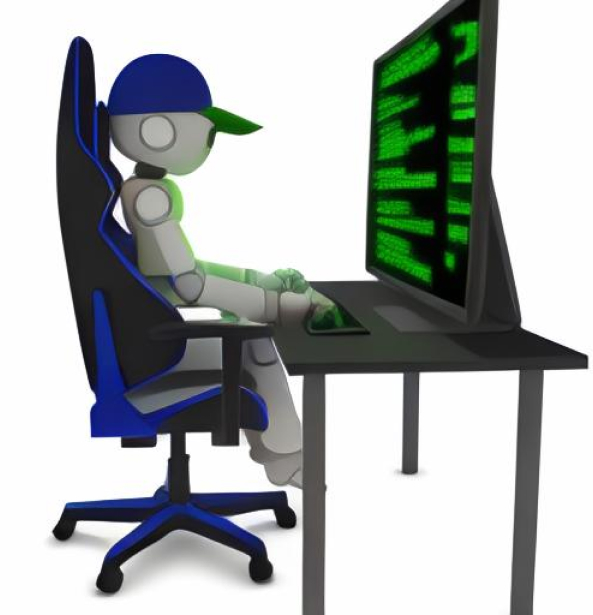GPT-4o: A Game Changer for Indie Developers?
Hey everyone, it's been a while since our last post, but we're back with some exciting news! Here at Make It Big In Games, we are buzzing with cautious excitement following OpenAI's recent announcement of GPT-4o. This advanced language model can definitely become a valuable tool for solo developers and small teams, offering assistance in areas that have traditionally posed significant challenges. But while the potential benefits are substantial, it's important to approach this new release with a realistic outlook.
A Boost for Indie Devs
For many indie developers, the phrase "programmer art" is all too familiar. Creating visually appealing assets can be a daunting task, especially for those whose strengths lie more in coding than in artistry. While other AIs have been able to generate artwork for a while now, GPT-4o stands out as a multi-modal AI. It not only helps with generating polished placeholders and initial versions of art but also handles text and audio input/translation. This all-in-one toolbox approach means solo developers and small teams can rely on a single tool rather than juggling multiple disparate AIs. This not only makes a game more presentable to potential players and investors but also saves time and resources that can be better spent on refining gameplay and mechanics.
Storytelling and Dialogue Drafting
Another area where GPT-4o shines is in content creation. Writing engaging storylines, dialogue, and even item descriptions can be time-consuming. With its enhanced capabilities, GPT-4o can draft text content that serves as a solid foundation. This allows developers to focus on fine-tuning the narrative to fit their vision rather than starting from scratch. The AI's ability to maintain consistency and coherence over long passages is a game-changer for world-building and storytelling in games.
Character Design
A notable example from OpenAI's announcement highlights GPT-4o's capabilities in character design. The AI can take a character image and generate variations of it with impressive detail and creativity. For instance, a friendly-looking robot named Geary has been depicted in various scenarios, such as playing frisbee, programming computers, riding a bicycle, cooking food, and playing music. This ability to create diverse and consistent character illustrations can significantly aid developers in visual storytelling and character development where otherwise they might forgo artwork.

Not a Replacement, But a Tool
It's important to temper enthusiasm with a dose of realism. While GPT-4o is a powerful assistant, it is not a replacement for human creativity and expertise. It won't make a game for you. Indie developers will still need to code, design, and polish their games. The AI can assist with initial drafts and provide inspiration, but the final touches and unique flair that make a game stand out must come from the developers themselves.
Collaborative Potential
Moreover, GPT-4o's potential extends to collaboration. Small teams can use the AI to bounce ideas off, generate variations of content, and even debug code. This collaborative angle can streamline workflows and spark new creative directions, making the development process more efficient and enjoyable.
The Learning Curve
Adopting GPT-4o into your solo dev workflow will come with a learning curve if you don't already use AI in some capacity. Developers will need to understand how to best integrate this tool into their workflow -- not overusing it and ensuring that you review, change, and improve before just adopting any output verbatim. This involves learning to prompt the AI effectively and knowing when to rely on its outputs and when to intervene. As with any tool, mastery comes with practice and experience, and there is a wealth of information out there to get you started.
A Bright Future
The future looks promising for indie game developers with the introduction of GPT-4o. It offers a helping hand in areas that are traditionally resource-intensive, allowing creators to focus more on innovation and less on drudgery. While it's unlikely to replace human talent, it's set to become an invaluable part of the indie dev toolkit.
In summary, GPT-4o heralds a new era of possibilities for indie game development. It won't solve all problems, but it will make many tasks easier and more efficient. For solo developers and small teams, this means more time and energy can be directed toward making their games truly shine. As we move forward, embracing this technology with cautious optimism will be key to unlocking its full potential.
Looking ahead, it's expected that we may see a full GPT-5 model potentially towards the end of 2024. This next step in AI development could bring even more advancements and tools for indie developers, further transforming the landscape of game creation. Stay tuned for more updates as we continue to explore these exciting developments.
First published May 14, 2024